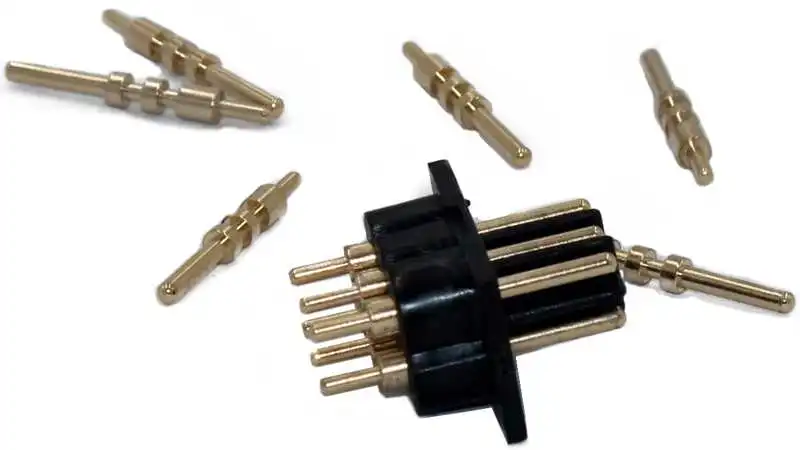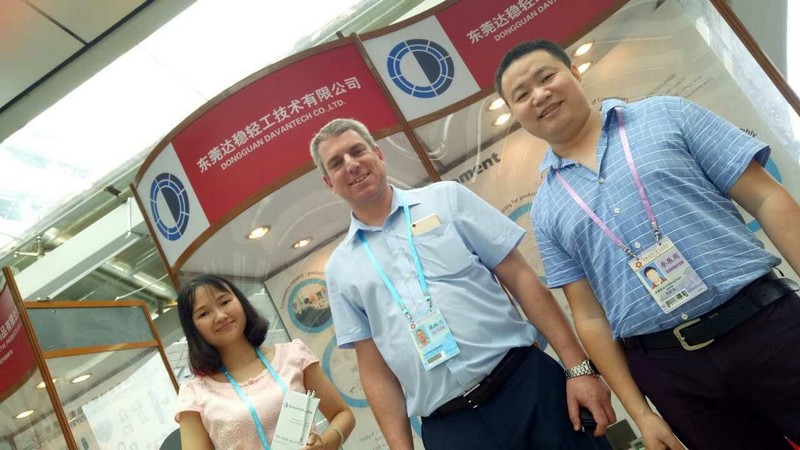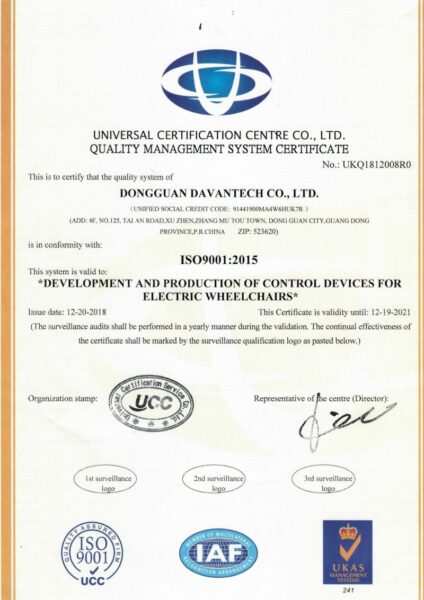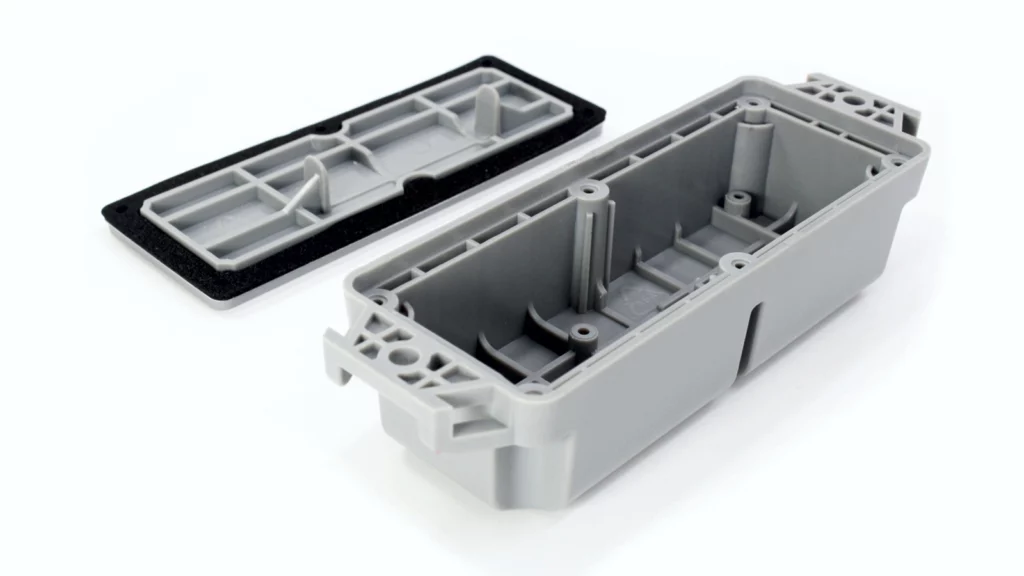Insert molding and metal overmolding are two advanced manufacturing processes that are used to produce high-quality, functional parts and components. These processes involve combining two or more materials, such as metal and plastic, to create parts that are stronger, more durable, and more functional than parts made from a single material.
Insert molding
Insert molding is a process in which a thermoplastic material is molded around a metal or plastic insert, such as a screw, nut, or other type of fastener. This process allows manufacturers to produce parts with a combination of materials, such as a metal screw embedded in a plastic housing. The metal insert provides strength and durability, while the plastic provides flexibility and insulation.
The insert molding process typically begins with the production of the metal or plastic insert, which is typically produced through a process such as stamping, forging, or machining. The insert is then placed in a mold and the thermoplastic material is injection molded around it. The mold is heated to a specific temperature, causing the plastic to flow and form around the insert. Once the plastic has cooled and hardened, the part is removed from the mold and the process is complete.
The Metal Overmolding Process
Metal overmolding is a process in which a thermoplastic material is molded over a metal part, creating a composite structure that combines the strengths of both materials. The metal provides strength and stability, while the plastic provides insulation and protection. This process is commonly used to produce parts such as electrical connectors, medical devices, and automotive components.
The metal overmolding process typically begins with the production of the metal part, which is typically produced through a process such as stamping, forging, or machining. The metal part is then placed in a mold and the thermoplastic material is injection molded over it. The mold is heated to a specific temperature, causing the plastic to flow and form over the metal part. Once the plastic has cooled and hardened, the part is removed from the mold and the process is complete.
Advantages of the Overmolding Process
There are numerous advantages to using insert molding and metal overmolding for the production of parts and components. One of the main advantages is their ability to produce parts with a combination of materials. By using a combination of materials, manufacturers can create parts that are stronger, more durable, and more functional than parts made from a single material.
Another advantage of these processes is their efficiency. Insert molding and metal overmolding can significantly reduce production time and costs compared to traditional manufacturing methods, as they allow manufacturers to produce parts in a single step rather than multiple steps. This can result in faster lead times, lower production costs, and improved overall efficiency.
In addition, insert molding and metal overmolding offer a high level of precision and consistency, as the computer-controlled processes ensure that the finished products are accurate and consistent. This reduces the need for manual correction and minimizes waste, resulting in improved quality and reduced costs.
Another advantage of these processes is their versatility. With insert molding and metal overmolding, manufacturers can produce a wide range of parts, from simple to complex, using a variety of materials, including metals, plastics, and composites. The machines can also be programmed to produce multiple parts simultaneously, further reducing production time and costs.
Expertise of the manufacturer
It is important to note that the success of insert molding and metal overmolding projects depends on the expertise and experience of the manufacturer. It is essential to choose a reputable and experienced provider that has a proven track record of delivering high-quality products. This will ensure that your project is completed to the highest standards and meets your specific requirements and specifications.
In addition, it is important to choose the right materials for your project, as the type of material used can greatly affect the final product’s quality, strength, and durability. A knowledgeable provider will be able to advise you on the best materials for your specific project, taking into consideration factors such as cost, lead time, and performance requirements.
Finally, it is important to invest in high-quality equipment and technology for your insert molding and metal overmolding projects. The latest technology and equipment will ensure that your products are produced to the highest standards, while also reducing production time and costs.
In conclusion, insert molding and metal overmolding are advanced manufacturing processes that offer numerous benefits for manufacturers. Whether you’re looking to improve the quality, functionality, and efficiency of your products or reduce production time and costs, incorporating these processes into your operations can be a smart business decision. By working with a reputable provider, choosing the right materials, and investing in high-quality equipment and technology, you can achieve the best possible results for your next project.




